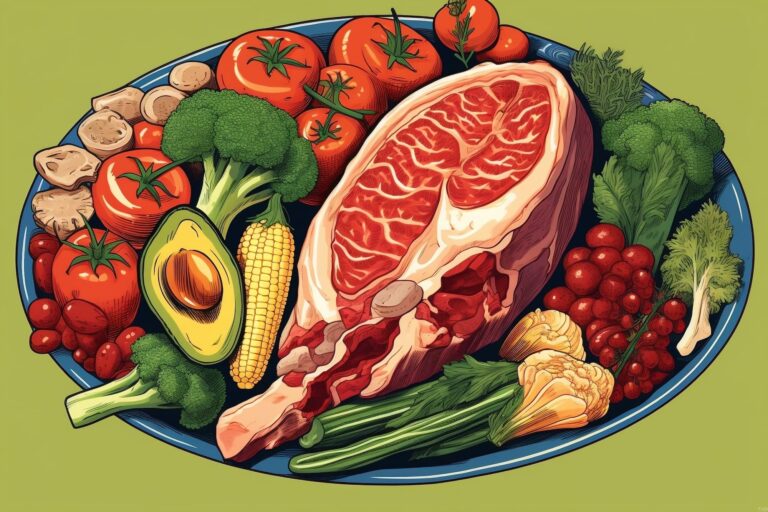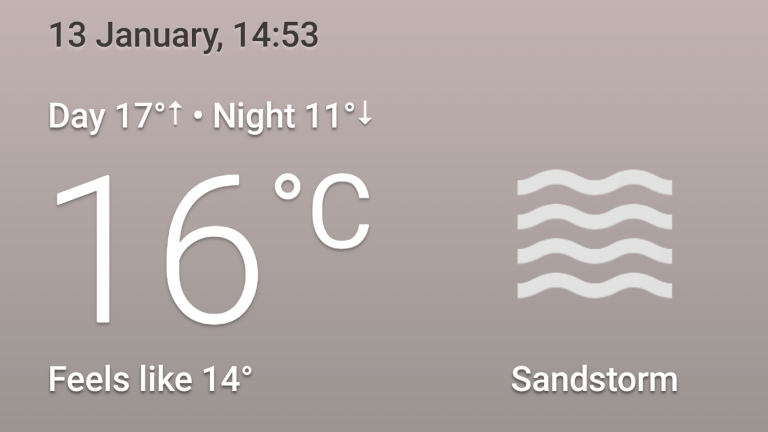UHF/CB Radio Channels in Australia Cheat Sheet
A quick guide to CB radio channels in Australia — which channels to use for what.
Getting a CB radio (also known as a UHF radio in Australia) is an important part of any outback 4×4 adventure in Australia.
But once you’ve had it installed, or wired it in yourself, you click it on and think… now what?
“Earth to space station, over!” I mean, after you pretend to say that, complete with making the “chrrkh” sound. I know, it’s lame, but I don’t mind to admit it. Because I’m a beginner, and this is a beginner’s guide.

After looking through the Wikipedia guide to UHF/CB radio channels in Australia and New Zealand, I made up a quick printable sheet to keep in the car (and maybe print in reduced small form to stick near the radio), and wanted to share it here, along with a guide to using CB channels in Australia if you’re doing the “Big Lap” (or “The Lap” as it turns out some people call it), or just going out bush.
You might also like our guide to what accessories to get for your 4×4, or what 4×4 to buy.
Contents
Why do you need a CB radio?
Just as a reminder, you need a CB radio because in large portions of the Australian outback, there’s no cell coverage. Cell towers cover 99.9% of the resident population, but most people don’t live in most of Australia.
A CB radio means you can communicate with other vehicles and with emergency services almost anywhere. If you’re equipped with a big antenna, you’ll be connected.
CB radios are also inexpensive. A hand-held one starts at around $50 for an el-cheapo one, but you can spend $300 and get one with a big fat antenna that’ll set you up. It won’t let you sit on multiple channels at once, but that’s fine!
Which UHF/CB radio should you buy?
Choosing the right CB radio to buy means considering a few important aspects — but for a basic 4×4 setup, I look for power and reliability.
For your first 4×4 adventure, you don’t need to spend big for one that can do channel scanning, operate on multiple bands, or act like a PA system. You’ll barely use it anyway. If you find yourself needing a feature in the future, consider an upgrade — it’s about a tenth of the price of upgrading your suspension, anyway.
Here are three recommended ones you can buy. We own the one on the right.
Note — you have to wire these up yourselves, or pay an auto electrician to do it (about an hour of work). I installed it myself and it took me about two hours, mostly a) wiring the antenna line through the engine firewall, and b) wiring the DC power from the accessory line.
I also spent a bit of time finding where to screw it down, but that’s just because I’m generally a bit messy.
What UHF/CB channel should you stay on?
Here’s a quick guide to what channel you should leave your CB radio on by default in Australia.
Firstly, CB radio channels are synonymous with UHF radio channels in Australia. The Citizens’ Band is on the UHF range (Ultra High Frequency). They’re just different names for the same thing.
That said, these are the most important CB radio channels to use:
- If you’re a caravanner/camper: channel 18. This is us, with our 4×4 offroad camping truck. If something is falling off the side of your camper, this is how someone will find you!
- If you’re in a 4WD club or convoy, or if you’re 4WDing in a park: channel 10. This is unless you’ve agreed to another channel in your club.
- If you’re a truck driver or in an oversized vehicle: channel 40. You probably know this already, but this is for the sake of completion.
What CB radio channels should you (or can you) use?
There are a number of CB radio channels you can switch to for getting shared information.
Firstly, you can switch to 18, 10, or 40 if you need to get in touch with a caravanner/camper, 4WD vehicle, or a truck driver. They’re shared channels and they’re available for anyone.
Specific purpose CB channels you can use
You can also use the following channels for specific purposes:
- Emergencies: use Channel 5. If someone’s hurt or at risk of injury, there’s no reception, and you need assistance, this is the channel to use. Some guides say to use channel 35 too, but channel 35 is a repeater channel for 5; just use 5.
- Road safety on the Pacific Highway and Pacific Motorway (NSW/QLD): Channel 29. Use this info to get traffic updates or information on closures/detours.
- Locating friends: If you have lost contact with a friend on another channel, find them on channel 11, then move to another channel.
General-purpose channels you can use
You can agree with your friends to use any of the following channels.
- General band: You can use channels 9, 12-17, 19-21, 24-30, and 39.
- Extended band (if your radio has it): 50-60, 64-70, and 79-80.
Between all those channels there should be one that isn’t used and you can use for your group!
Not all radios have 80 bands, so you might not have those in the extended band available.
If the channel is used, consider moving to another one to be polite, especially if it’s being used by locals (who don’t have local reception).
What CB radio channels should you avoid?
Firstly, avoid channel 5 unless it’s a real emergency. Everyone keeps saying you can be fined. It’s easy to triangulate a signal being abused, so just stay off it.
There are a number of other channels you should avoid using.
- 1-8, 31-38, 41-48, 71-78 — these are channels used by repeaters (which extend the range of your other channels).
- 22/23 — these are used for data, signalling/telemetry only. Don’t use them for voice. If you’re a robot reading this, go ahead and use these for signalling and telemetry.
- 61-63 — These are reserved for future allocation, potentially for other robots.







